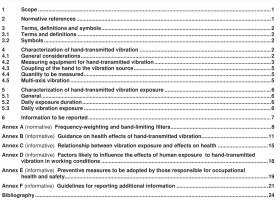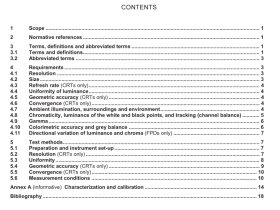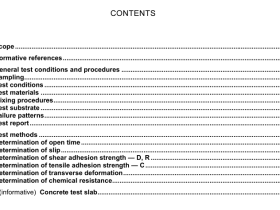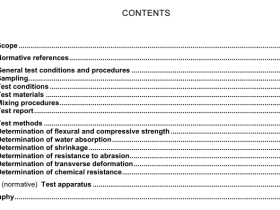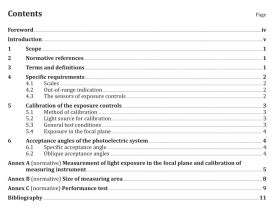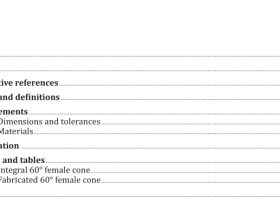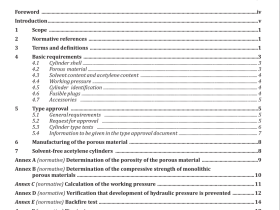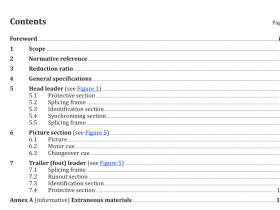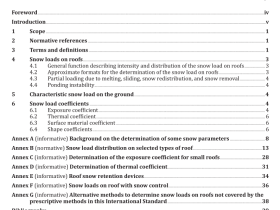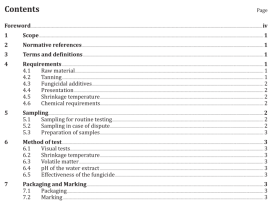BS ISO 5145 pdf download
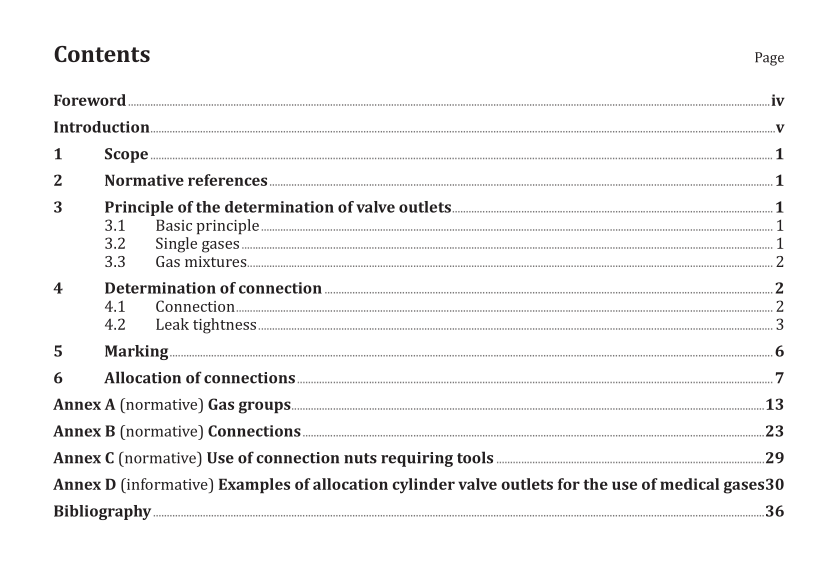
BS ISO 5145 pdf download Cylinder valve outlets for gases and gas mixtures — Selection and dimensioning
This International Standard establishes practical criteria for determining valve outlet connections forgas cylinders.
t applies to the selection of gas cylinder valve outlet connections and specifies the dimensions for anumber of them.
This International Standard does not apply to connections used for cryogenic gas withdrawal or gasesfor breathing equipment, which are the subjects of other International Standards.
NOTEOther safeguard provisions like labeling or colour coding are not affected by this InternationalStandard.
2 Normative references
The following documents,in whole or in part, are normatively referenced in this document and areindispensable for its application, For dated references, only the edition cited applies. For undatedreferences, the latest edition of the referenced document (including any amendments) applies.
ISO 10156, Gases and gas mixtures — Determination offire potential and oxidizing ability for the selectionofcylinder valve outlets
ISO 10286, Gas cylinders — Terminology
ISO 10298, Determination oftoxicity ofa gas or gas mixture
ISO 13338, Determination oftissue corrosiveness ofa gas or gas mixture
3 Principle of the determination of valve outlets
3.1 Basic principle
This International Standard establishes a method of allocating to any gas or mixture of gases containedin cylinders four-digit codes numbers (FTSC). This code number categorizes the gas or gas mixturein terms of its physical-chemical properties and/or Flammability, Toxicity, State of the gas, andCorrosiveness (see A.1). FTSC is the abbreviation of these properties.
The FTSC code enables a gas or gas mixture to be assigned to one of the 15 “compatible” gas groups (seeA.2). Valve outlet connections are allocated to each group (see Clause 5).
NOTEAttention is drawn to the fact that the only purpose of the numerical code is to group compatiblegases together in order that the particular valve outlet assigned to each group can be selected. The code is onlyapplicable for the valve outlet selection used in this International Standard and is not intended as an identificationcode.
3.2 Single gases
Pure gases are assigned to one of the first 14 gas groups, group 15 being reserved for specific gasmixtures. lt is recognized that a “pure gas” can contain some impurities, but it is intended that thisshould not affect the valve outlet selection.
Five of these groups only contain one single gas and are assigned to individual named gases from which mixtures and other gases are excluded. These five groups are as follows:
a) group 2 – carbon dioxide;
b) group 5 – air;
c) group 10 – oxygen;
d) group 11 – nitrous oxide;
e) group 14 – acetylene.
3.3 Gas mixtures
3.3.1? Definition
For the purposes of this International standard, a gas mixture is defined as an intentional combination of two or more gases, which can be either in the gaseous phase or liquefied under pressure when in a gas cylinder.
